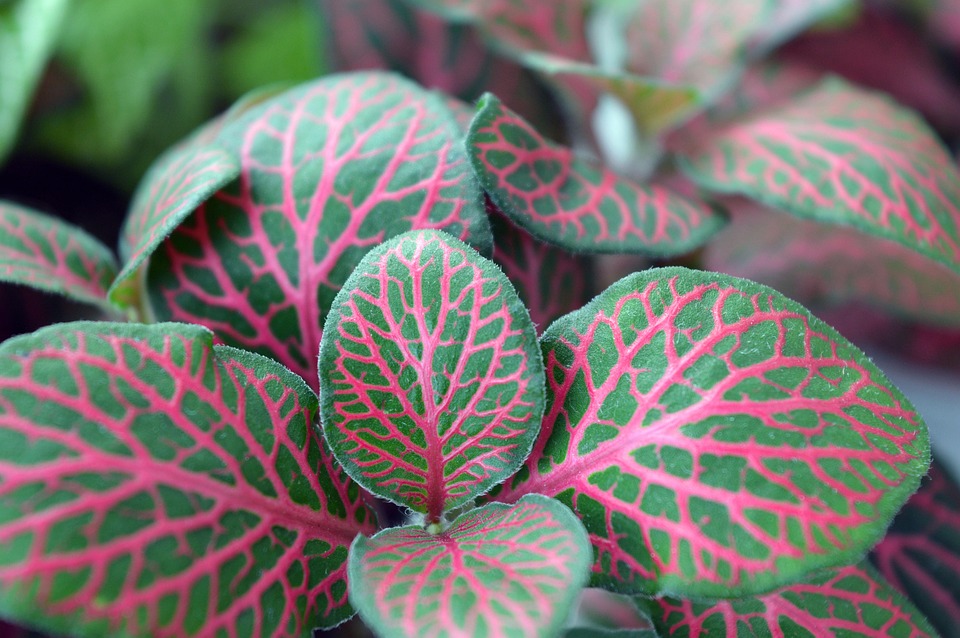Green Thumb Guide: Expert Indoor Gardening Tips for Thriving Plants
Indoor gardening is a wonderful way to bring the beauty of nature into your home. Whether you are a seasoned gardener or just starting out, having a green thumb can make all the difference in the success of your indoor plants. In this guide, we will provide you with expert tips and tricks to help your plants thrive and flourish indoors.
Choosing the Right Plants
Before you start your indoor garden, it is important to choose the right plants for your space. Consider the amount of light, humidity, and temperature in your home when selecting plants. Some popular indoor plant options include pothos, snake plants, spider plants, and peace lilies. These plants are known for their ability to thrive indoors with minimal care.
Providing Adequate Light
Light is one of the most important factors in the success of your indoor plants. Most indoor plants require at least 6-8 hours of sunlight per day. If your home does not receive enough natural light, consider supplementing with grow lights. LED grow lights are a popular option for indoor gardening as they provide the full spectrum of light needed for plant growth.
Watering and Humidity
Proper watering is key to the health of your indoor plants. Overwatering can lead to root rot, while underwatering can cause plants to wilt and die. The best way to determine when to water your plants is to check the soil moisture level. Stick your finger into the soil up to your first knuckle – if it feels dry, it’s time to water. Additionally, some plants, such as ferns and orchids, require higher humidity levels. You can increase humidity by placing a tray of water near your plants or using a humidifier.
Fertilizing and Pruning
Fertilizing your indoor plants is essential for providing them with the nutrients they need to thrive. Choose a balanced liquid fertilizer and apply it according to the instructions on the label. Pruning is also important for maintaining the health and appearance of your plants. Remove dead or yellowing leaves, as well as any overgrown or leggy branches, to promote new growth.
Pest Control
Pests can be a common problem in indoor gardens, especially in plants that are overwatered or under stress. Keep an eye out for common pests such as spider mites, aphids, and mealybugs. If you notice any signs of infestation, treat your plants with an organic pest control solution or insecticidal soap. You can also prevent pests by regularly inspecting your plants and keeping them clean and healthy.
Common Questions About Indoor Gardening
1. Can I grow vegetables indoors?
Yes, you can grow a variety of vegetables indoors, including tomatoes, peppers, and herbs. Make sure to provide them with adequate sunlight, water, and nutrients for successful growth.
2. How often should I repot my indoor plants?
Most indoor plants should be repotted every 1-2 years to refresh the soil and provide them with more room to grow. Look for signs of root-bound plants, such as roots growing out of the drainage holes, as an indication that it’s time to repot.
3. What are the benefits of indoor gardening?
Indoor gardening has many benefits, including improving air quality, reducing stress, and adding beauty to your home. It also allows you to grow your own food and connect with nature, even in a small space.
Conclusion
Indoor gardening can be a rewarding and fulfilling hobby, but it requires knowledge and care to ensure your plants thrive. By following the expert tips outlined in this guide, you can create a beautiful indoor garden that brings joy and beauty to your home. Remember to choose the right plants, provide adequate light and water, fertilize and prune regularly, and keep an eye out for pests. With a little effort and attention, you can develop a green thumb and enjoy the benefits of indoor gardening for years to come.





















































